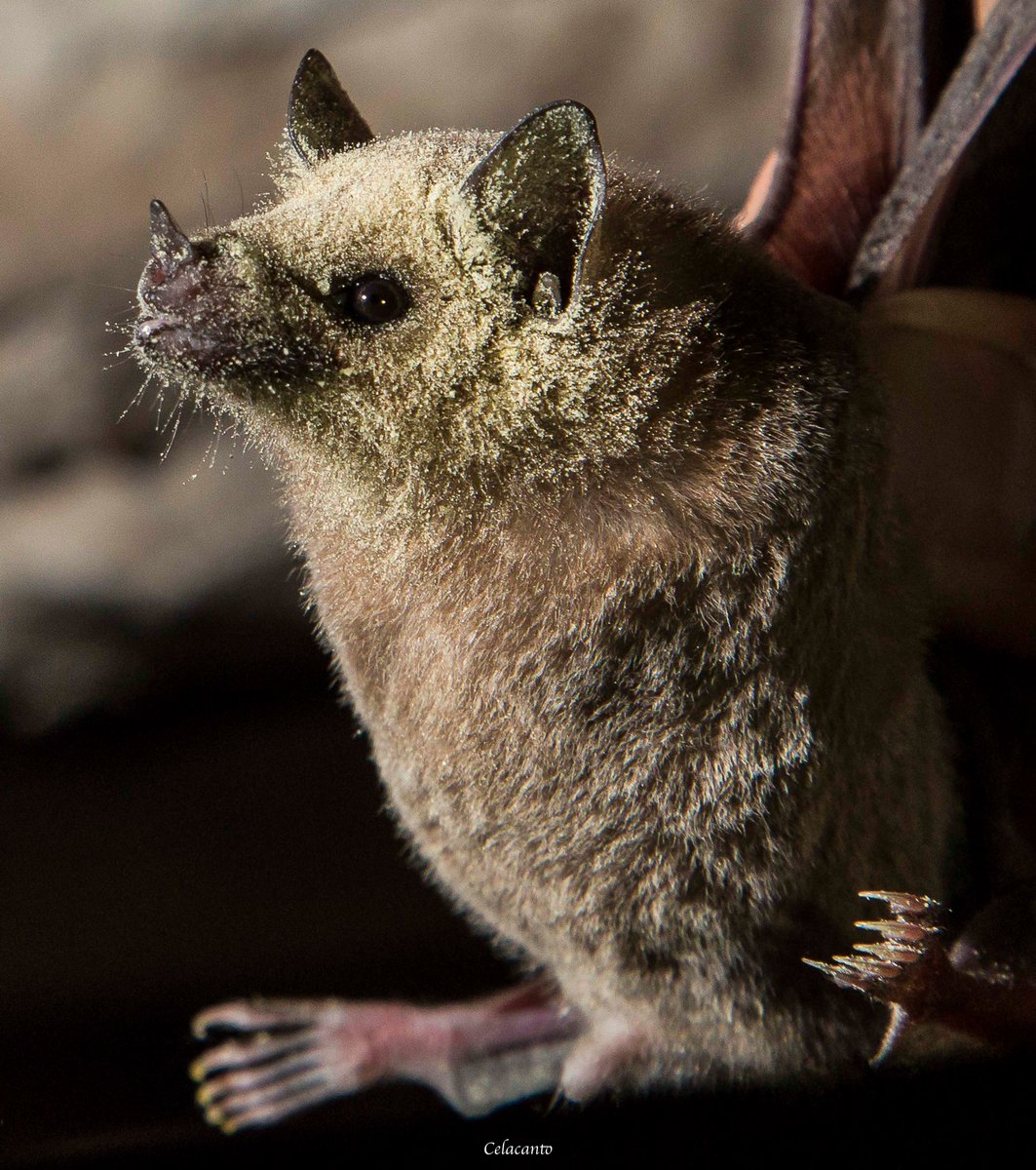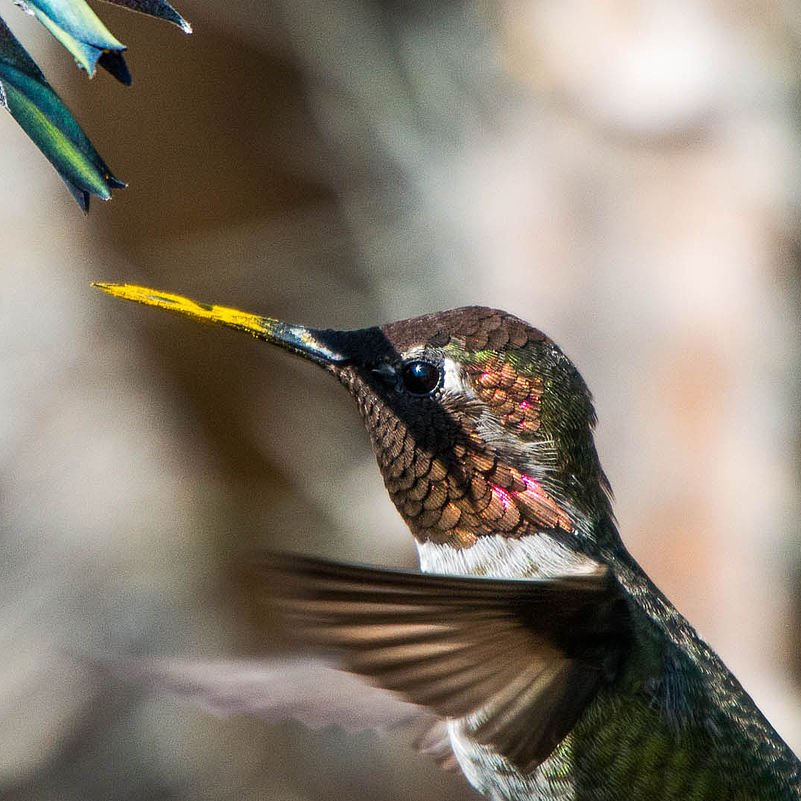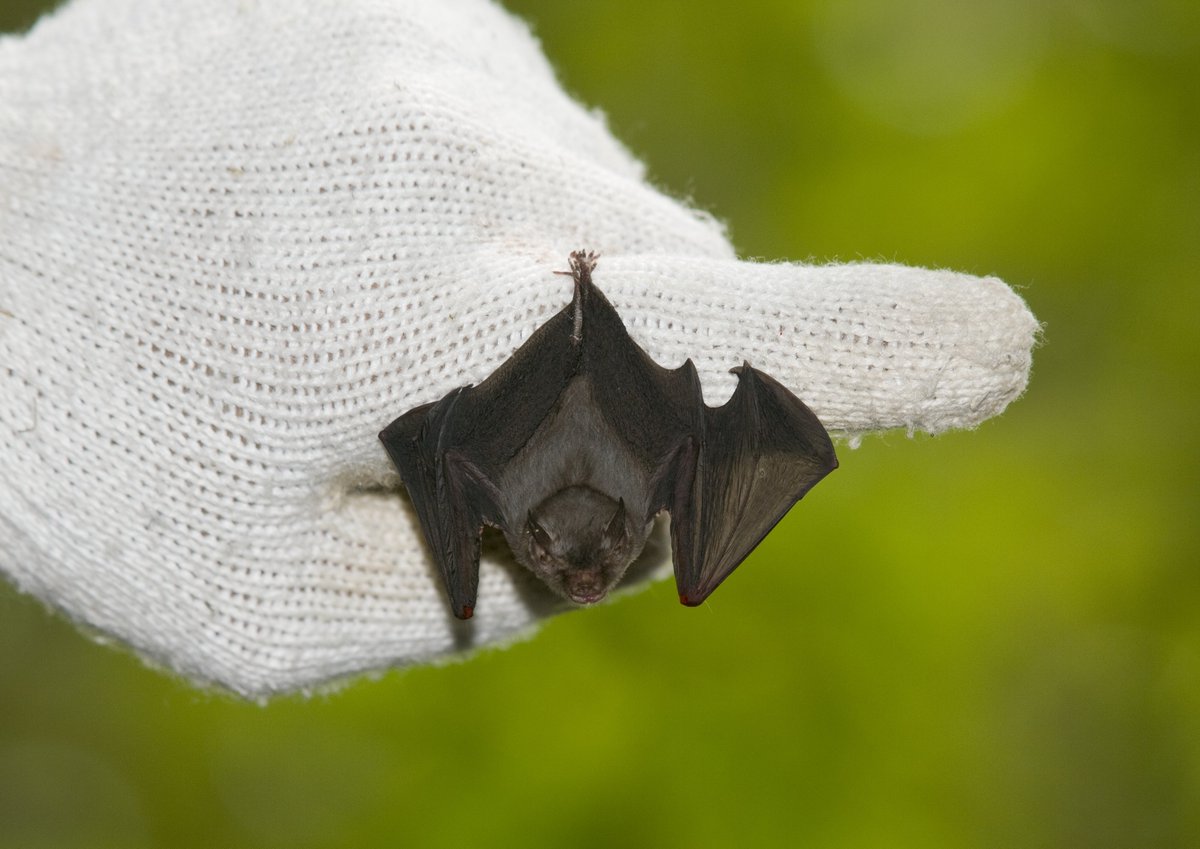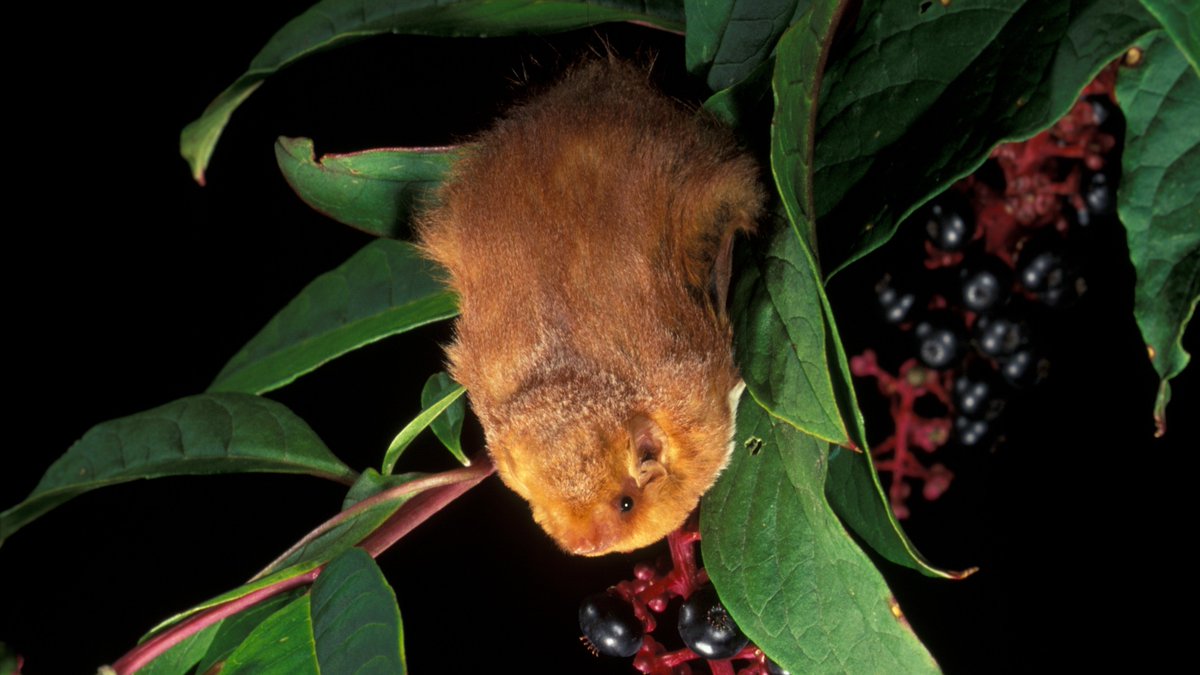
[Tweet by @BatsForLife]
New thread: The Benefits of Bats!
Bats are vital parts of natural ecosystems and provide numerous ecosystem services to us. In this thread, we'll talk about these benefits. Grab your popcorn (or grape...) and enjoy!
New thread: The Benefits of Bats!
Bats are vital parts of natural ecosystems and provide numerous ecosystem services to us. In this thread, we'll talk about these benefits. Grab your popcorn (or grape...) and enjoy!
[Tweet by @BatsForLife]
Benefit #1: Insect pest control!
Many bats eat insects, including agricultural pests that damage crops. A 2011 study in @ScienceMagazine estimated that bats save the US agricultural industry ~$23 BILLION PER YEAR by eating pests!
biologicaldiversity.org/campaigns/bat_…
Benefit #1: Insect pest control!
Many bats eat insects, including agricultural pests that damage crops. A 2011 study in @ScienceMagazine estimated that bats save the US agricultural industry ~$23 BILLION PER YEAR by eating pests!
biologicaldiversity.org/campaigns/bat_…
[Tweet by @BatsForLife]
Benefit #1: Insect pest control!
Another study of bats in corn fields of Illinois showed that bats suppress corn earworm larvae and direct damage to corn, saving corn farmers an estimated $1 billion annually across the globe.
agweb.com/article/bats-s…
Benefit #1: Insect pest control!
Another study of bats in corn fields of Illinois showed that bats suppress corn earworm larvae and direct damage to corn, saving corn farmers an estimated $1 billion annually across the globe.
agweb.com/article/bats-s…
[Tweet by @BatsForLife]
Benefit #1: Insect pest control!
In yet another study from Thailand, one bat species may prevent the loss of 2,900 tons of rice (i.e. rice meals for about 26,200 people) annually, thus contributing to local food security.
merlintuttle.org/wp-content/upl…
Benefit #1: Insect pest control!
In yet another study from Thailand, one bat species may prevent the loss of 2,900 tons of rice (i.e. rice meals for about 26,200 people) annually, thus contributing to local food security.
merlintuttle.org/wp-content/upl…
[Tweet by @BatsForLife]
Benefit #1: Insect pest control!
These insect-eating bats can eat thousands of insects in a night (up to HALF their body weight!) so you can imagine what our skies would be like without #bats (Hint: CHOCK-FULL of insects😱)
Benefit #1: Insect pest control!
These insect-eating bats can eat thousands of insects in a night (up to HALF their body weight!) so you can imagine what our skies would be like without #bats (Hint: CHOCK-FULL of insects😱)
[Tweet by @BatsForLife]
Benefit #1: Insect pest control!
What about controlling pesky mosquitoes? Bats do eat them but they aren't usually a main food (not meaty enough). BUT...the presence of bats can reduce the number of egg clutches laid!
batcon.org/article/bats-m…
@BatConIntl
Benefit #1: Insect pest control!
What about controlling pesky mosquitoes? Bats do eat them but they aren't usually a main food (not meaty enough). BUT...the presence of bats can reduce the number of egg clutches laid!
batcon.org/article/bats-m…
@BatConIntl
[Tweet by @BatsForLife]
Benefit #2: Pollination!
Next up we have #pollination! 🌻 Bats pollinate over 500 plants worldwide, including bananas, cacoa (chocolate!!), mangos, and agaves, which we use to make #tequila! 🥳 Some of these plants are exclusively pollinated by #bats.
Benefit #2: Pollination!
Next up we have #pollination! 🌻 Bats pollinate over 500 plants worldwide, including bananas, cacoa (chocolate!!), mangos, and agaves, which we use to make #tequila! 🥳 Some of these plants are exclusively pollinated by #bats.
[Tweet by @BatsForLife]
Benefit #2: Pollination!
Here's an awesome video by @SmithsonianChan with some super close-up views of bats gorging on cactus and agave nectar with their long tongues! Without bats, there would be no tequila!
Benefit #2: Pollination!
Here's an awesome video by @SmithsonianChan with some super close-up views of bats gorging on cactus and agave nectar with their long tongues! Without bats, there would be no tequila!
[Tweet by @BatsForLife]
Benefit #2: Pollination!
Think hummingbirds & butterflies are good pollinators? #Bats may have them beat! Bats often get more covered in pollen & therefore spread more pollen. Check out the pollen loads on the bat vs. hummingbird
umsl.edu/~muchhalan/Muc…

Benefit #2: Pollination!
Think hummingbirds & butterflies are good pollinators? #Bats may have them beat! Bats often get more covered in pollen & therefore spread more pollen. Check out the pollen loads on the bat vs. hummingbird
umsl.edu/~muchhalan/Muc…


[Tweet by @BatsForLife]
Benefit #2: Pollination!
#Bats also fly much longer distances than other pollinators. Lesser long-nosed bats can fly 30+ miles from their roost to feed, spreading pollen among distant agave populations & keeping the plants genetically diverse & healthy.
Benefit #2: Pollination!
#Bats also fly much longer distances than other pollinators. Lesser long-nosed bats can fly 30+ miles from their roost to feed, spreading pollen among distant agave populations & keeping the plants genetically diverse & healthy.
[Tweet by @BatsForLife]
Benefit #3: Seed Dispersal!
The 3rd ecosystem service of #bats is seed dispersal 🥑 Bats that eat fruit ingest the meaty pulp/juice & spit out or poop out the seeds. These grow into new plants! Bats are critical for regrowing places like rainforests.
Benefit #3: Seed Dispersal!
The 3rd ecosystem service of #bats is seed dispersal 🥑 Bats that eat fruit ingest the meaty pulp/juice & spit out or poop out the seeds. These grow into new plants! Bats are critical for regrowing places like rainforests.

[Tweet by @BatsForLife]
Benefit #3: Seed Dispersal!
Check out this video from @onestrangerock on @geekwire about fruit-eating #bats and their seed dispersal!
Benefit #3: Seed Dispersal!
Check out this video from @onestrangerock on @geekwire about fruit-eating #bats and their seed dispersal!
[Tweet by @BatsForLife]
Benefit #4: Technological Advances
Now some less well-known bat benefits! #Bats are inspiring technology that enhances our everyday lives. E.g. bats' echolocation is inspiring novel artificial sonar tracking & navigation systems
ncbi.nlm.nih.gov/pmc/articles/P…
Benefit #4: Technological Advances
Now some less well-known bat benefits! #Bats are inspiring technology that enhances our everyday lives. E.g. bats' echolocation is inspiring novel artificial sonar tracking & navigation systems
ncbi.nlm.nih.gov/pmc/articles/P…
[Tweet by @BatsForLife]
Benefit #4: Technological Advances
In another example, new "smart canes" that echolocate are helping visually-impaired people. The cane senses the environment & vibrates to let the user know about obstacles.
@InsideNatGeo #bats
Benefit #4: Technological Advances
In another example, new "smart canes" that echolocate are helping visually-impaired people. The cane senses the environment & vibrates to let the user know about obstacles.
@InsideNatGeo #bats
[Tweet by @BatsForLife]
Benefit #4: Technological Advances
Bio-inspired #drones are also being developed that mimic #bat flight, which is very efficient and maneuverable!
nbcnews.com/mach/science/f…
@NBCNews
Benefit #4: Technological Advances
Bio-inspired #drones are also being developed that mimic #bat flight, which is very efficient and maneuverable!
nbcnews.com/mach/science/f…
@NBCNews
[Tweet by @BatsForLife]
Benefit #5: Medical Advances
#Bats are also inspiration for medical devices & treatments. Vampire bat saliva (it's NOT "venom"...) contains peptides that could revolutionize treatments for hypertension, heart failure, & burns.
genengnews.com/news/vampire-b…
Benefit #5: Medical Advances
#Bats are also inspiration for medical devices & treatments. Vampire bat saliva (it's NOT "venom"...) contains peptides that could revolutionize treatments for hypertension, heart failure, & burns.
genengnews.com/news/vampire-b…
[Tweet by @BatsForLife]
Benefit #5: Medical Advances
Nectar bat tongues have papillae that become erect to trap nectar when feeding. These "hairy" tongues that change shape may provide inspiration for future surgical devices & medical robots.
scientificamerican.com/article/shape-…
@sciam
Benefit #5: Medical Advances
Nectar bat tongues have papillae that become erect to trap nectar when feeding. These "hairy" tongues that change shape may provide inspiration for future surgical devices & medical robots.
scientificamerican.com/article/shape-…
@sciam
[Tweet by @BatsForLife]
Benefit #5: Medical Advances
#Bats may be key to everlasting youth! Despite being small with high metabolisms, bats live WAY longer than expected (41+ YEARS), resist DNA degradation, & rarely get cancer. Let's learn from them!
irishtimes.com/news/science/b…
Benefit #5: Medical Advances
#Bats may be key to everlasting youth! Despite being small with high metabolisms, bats live WAY longer than expected (41+ YEARS), resist DNA degradation, & rarely get cancer. Let's learn from them!
irishtimes.com/news/science/b…
@threadreaderapp unroll
• • •
Missing some Tweet in this thread? You can try to
force a refresh











